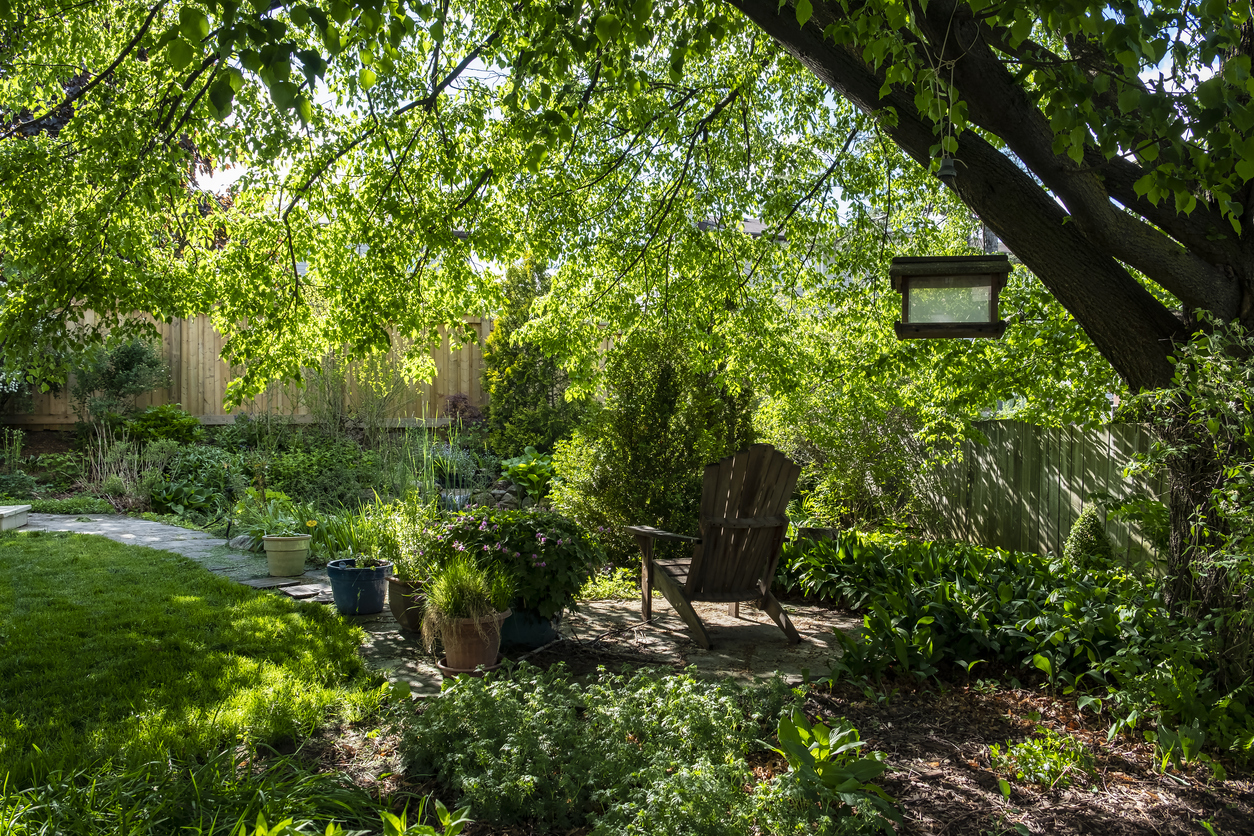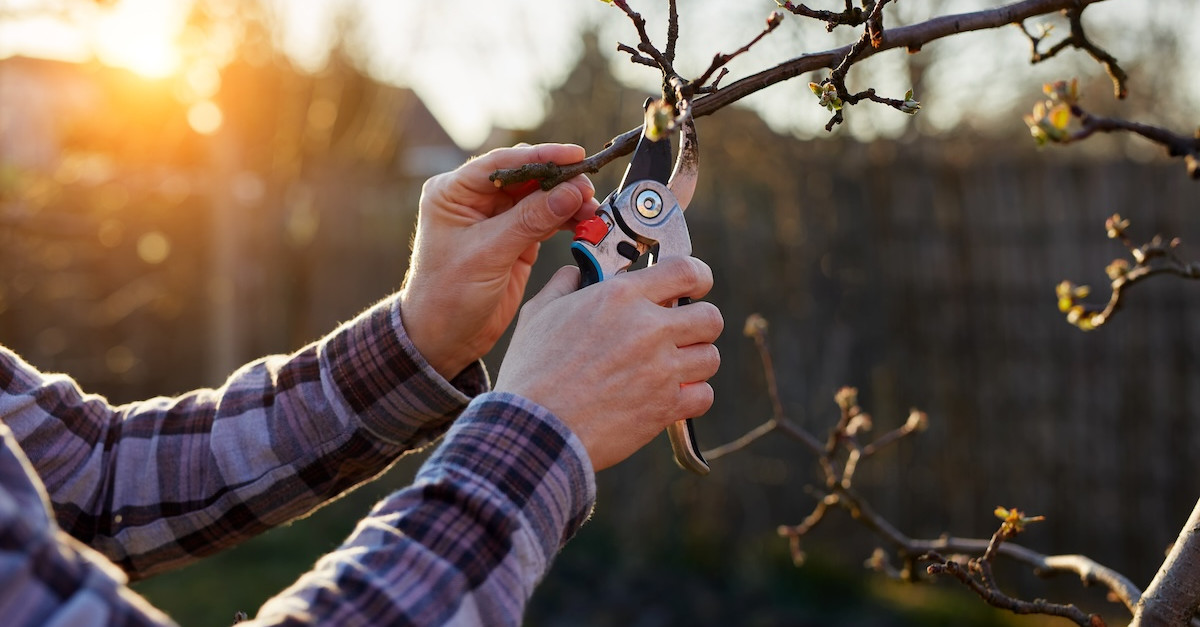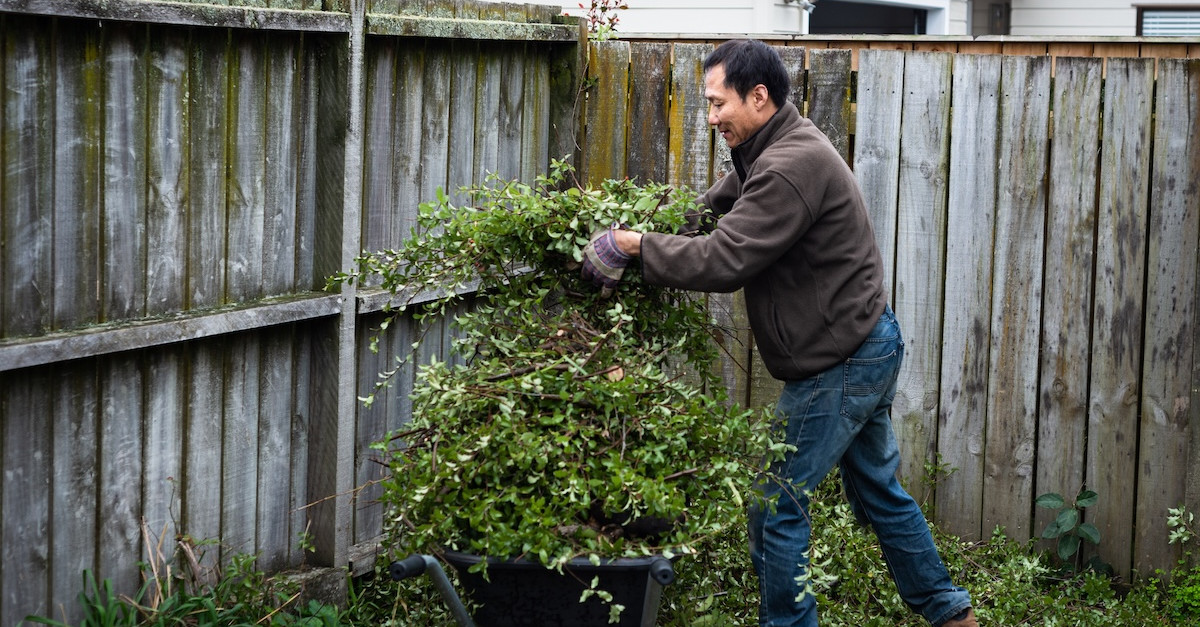Beat the Heat: The Best Shade Trees to Plant for a Cooler Yard Next Summer
Sunny days are often a welcome sight, but sometimes, it’s possible to have too much of a good thing. Hours of relentless rays make it tough to enjoy your yard to its fullest, and with no shade to shield against them, everything from sunburn to scorched grass can ensue.
Planting new trees is a simple solution, as long as you choose the right species.
What Is the Best Tree for Shade?
When it comes to throwing shade, oaks reign supreme. From their stability to their sprawling crowns, these trees are considered the quintessential backyard beauties for a reason. But while the live oak is among the best-loved shade trees for homes in Georgia, they do require ample space to spread. In ideal conditions, their canopy can reach a staggering circumference of 120 feet.
Indeed, live oaks look gorgeous adorning lawns with ample acreage. If your lot doesn’t stretch quite that far, consider alternatives with less overwhelming reach. For example, fast-growing varieties like the Nuttall oak and the scarlet oak will expand to 40 feet at maturity.
Four Other Top Shade Trees to Consider
Oaks aren’t the only option for blanketing your backyard in tranquil shadows. Here are a few other species to consider, all of which are ideal for southeastern growing conditions.
Weeping Willow
One of the most instantly recognizable tree species of all time, the weeping willow often springs to mind when we envision peaceful afternoons ensconced in cool shade. Just know that if you plant one, its waterfall branches should be pruned regularly to maintain their iconic shape and sway. An alternative option is the willow oak, a fast-growing deciduous tree that bears a resemblance to the weeping willow and takes on beautiful yellow and orange hues each autumn.
American Sycamore
The largest deciduous trees in the Eastern U.S., American sycamores offer plenty of cool shade from their soaring heights, which can reach up to 100 feet. With their ability to grow more than two feet per year, it won’t be long before you’re sipping lemonade beneath a leafy canopy, or perhaps lounging in a hammock suspended between two trunks. But with this rapid ascent comes the need for proactive pruning, which can direct new growth and eliminate problem limbs.
Silver Maple
If you’re seeking shade sooner rather than later, the silver maple is a species worth considering. These trees grow even faster than the Sycamore—up to seven feet per year! Their accelerated growth has even garnered interest among researchers, as it makes the maples a potential biofuel source. With attractive fall foliage, they’re also a popular ornamental option and one of the most common species across U.S. landscapes.
Tupelo
Finding the right tree to withstand wet soil can be difficult. If your yard is low-lying and tends to retain water, you can still find shady relief in the form of the tupelo. Historically known as the “swamp tree,” this member of the dogwood family has simple leaves that produce stunning scarlets in the fall. If you’re a fan of local honey, consider planting a variety of tupelos together to attract bees in the late spring.
Schedule a Consultation With Premier Tree Solutions
Shady trees perform best when they’re cared for properly. Whether you need help hand-pruning your saplings as they grow or you’re seeking trimming services for mature trees, Premier Tree Solutions can help. Contact us today for a free assessment: call 404.252.6448 or send us a message online.







